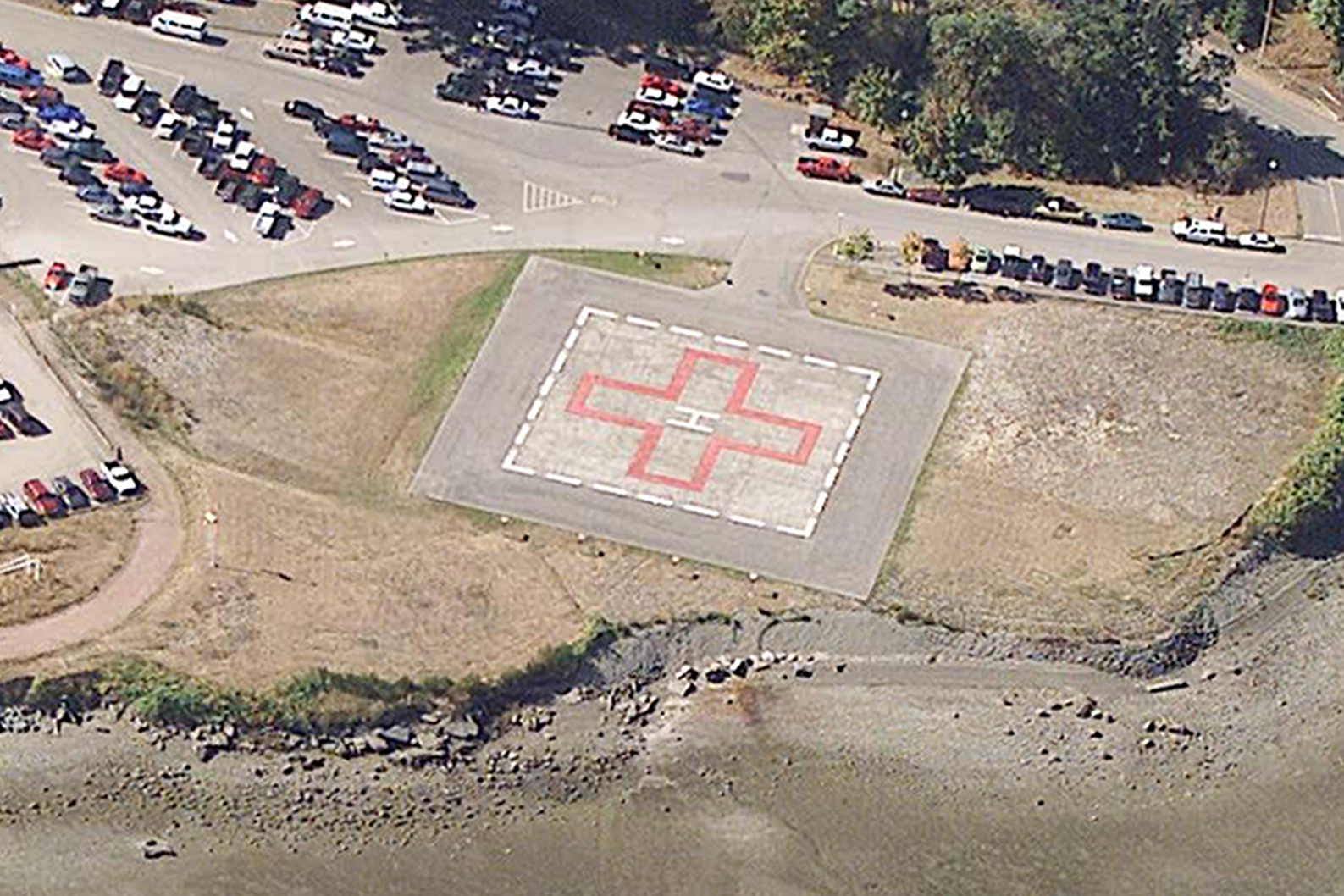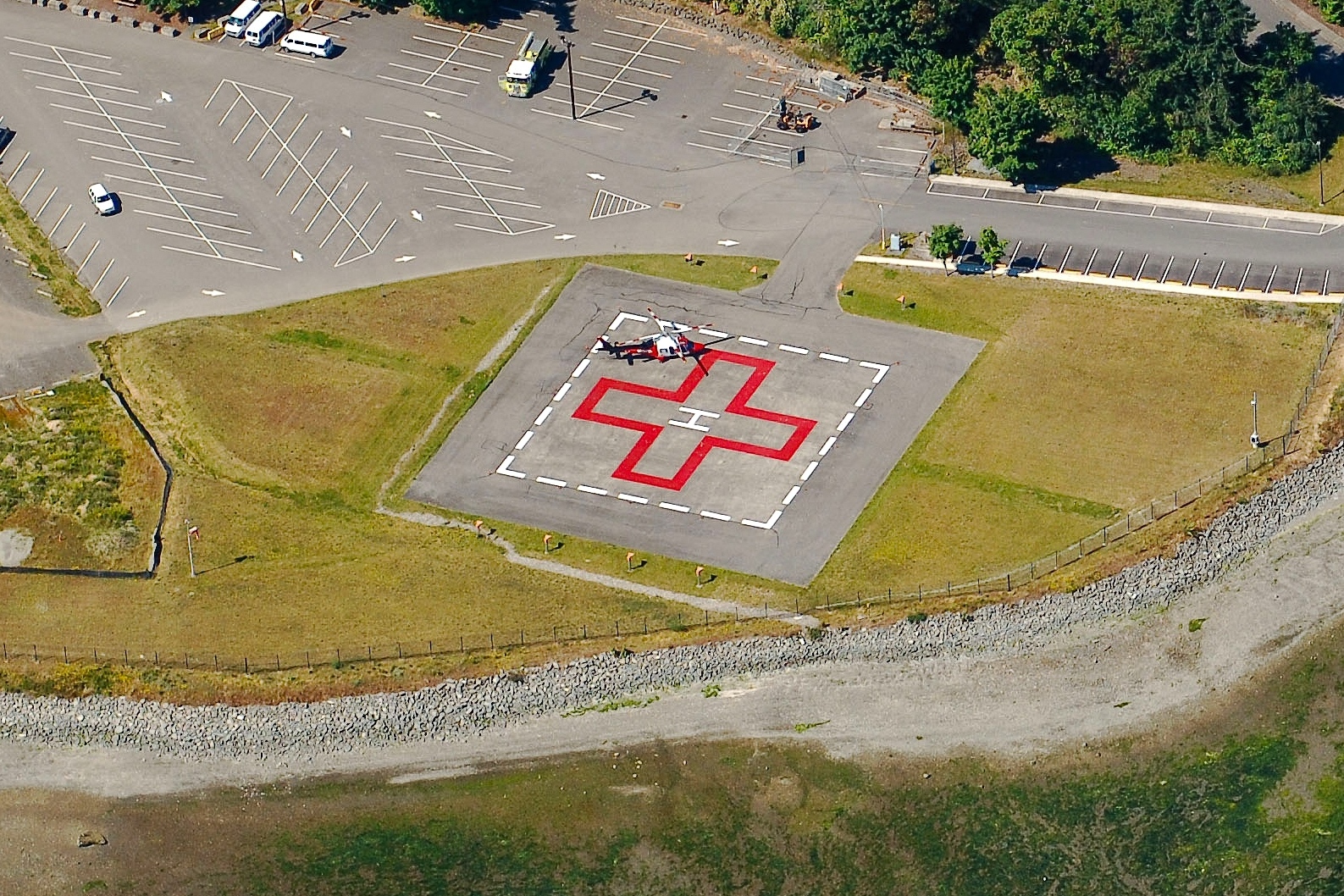U.S. Naval Hospital and Housing Complex
Nature-based Shoreline Improvements Program
Naval Base Kitsap (NBK) is the third largest U.S. Navy installation in the United States, and possibly the most complex. NBK is home to a diverse range of high-value strategic missions, including two Nimitz-class aircraft carriers, all classes of submarines, Puget Sound Naval Shipyard (PSNS) and the largest fuel depot in the continental United States. These facilities provide critical support to the Nation’s Defense Strategy. NBK is also the home to several Research, Development, Testing & Evaluation commands that ensure the Navy’s technological advantage.
Serving as Coastal Engineer Lead for a large A/E consultancy, Lally conducted detailed site coastal processes analyses and designed the dredging, shoreline erosion control and nearshore habitat system of a 6,000 ft. long remedial action and shoreline improvements program on Dyes Inlet, north of the PSNS. In some locations unexploded ordnance (UXO) had been encountered and remediated. The shoreline improvement designs, of which Lally determined the need for six (6) distinct categories, all incorporated a Nature-based Engineering approach whereby intertidal habitat area, components and values were maximized, while accomplishing long-term shoreline stabilization goals.


A portion of the shoreline erosion control system protects a Medivac helipad for the adjacent Bremerton Naval Hospital. The sections of the shoreline requiring erosion protection were armored with riprap and larger quarrystone, and incorporated fish mix (3/8-in minus pea gravel), geo-grids with vegetative plantings, large woody debris (LWD), root wads, or a combination of these components depending on shoreline topography, protection/confinement needs, and/or habitat opportunities. In several areas along the project shoreline requiring less erosion protection, the existing top of bank was excavated shoreward to increase intertidal habitat and covered with fish mix. The project design was reviewed and approved by a range of federal, state, and local stakeholders, including the Suquamish Tribe.
Expertise Provided
Field Investigations
Coastal Processes Analyses
Nature-based Engineering Shoreline Stabilization Designs
Construction Plans and Contract Specifications
Location
Dyes Inlet, Bremerton, Washington
Period
1998 – 2001